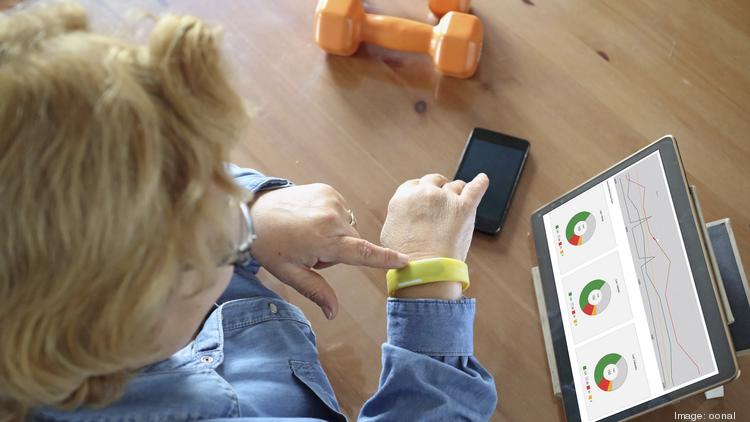The rise and popularity of smart devices over the past decade has many consumers bracing for a Jetsons-style future when nearly all household objects start communicating with one another.
We’re already using our smartphones to control and monitor our thermostats, doorbells, kitchen appliances, the dog’s eating schedule, our own health, and more.
Surely the rest of our homes can’t be far behind.
In terms of marketing, the vast majority of devices making up the Internet of Things (IoT) fall squarely within the realm of trendy toys for adults.
There’s nothing necessarily wrong with this; a lot of serious technology is developed in pursuit of unserious ends. However, for many reasons, the IoT is underused by the healthcare community. In the case for healthcare technology, the IoT provides an opportunity to radically remodel aging and senior healthcare.
From wearables that can keep track of vitals or alert family members to a fall to interconnected devices that could drastically reduce the toll of immobility, the IoT has made many promises to seniors. But for several reasons, its adoption leaves much to be desired.
Preventive medicine is crucial to seniors
Benjamin Franklin once quipped “an ounce of prevention is worth a pound of cure.” This is doubly true for seniors. According to the U.S. Centers for Disease Control and Prevention, individuals 65 years and over accounted for 41 percent of all hospitalizations in 2010, more than any other age group in that year.
Many readmissions are completely preventable: Accidents related to poor accessibility in the home, not following medication regimes correctly, or simply not contacting emergency medical services fast enough. For example, one in three seniors have fall-related injuries every year, but less than half of them will tell their doctor, according to the CDC.
Perhaps they forget, or are reluctant to tell their doctors about the incident, but this is precisely the type of situation where the IoT can play an important role in monitoring a person’s health. There are already wearables and devices that can capture data such as a senior’s pulse, blood pressure, blood sugar, nutrition, sleep patterns, and so on.



No comments:
Post a Comment